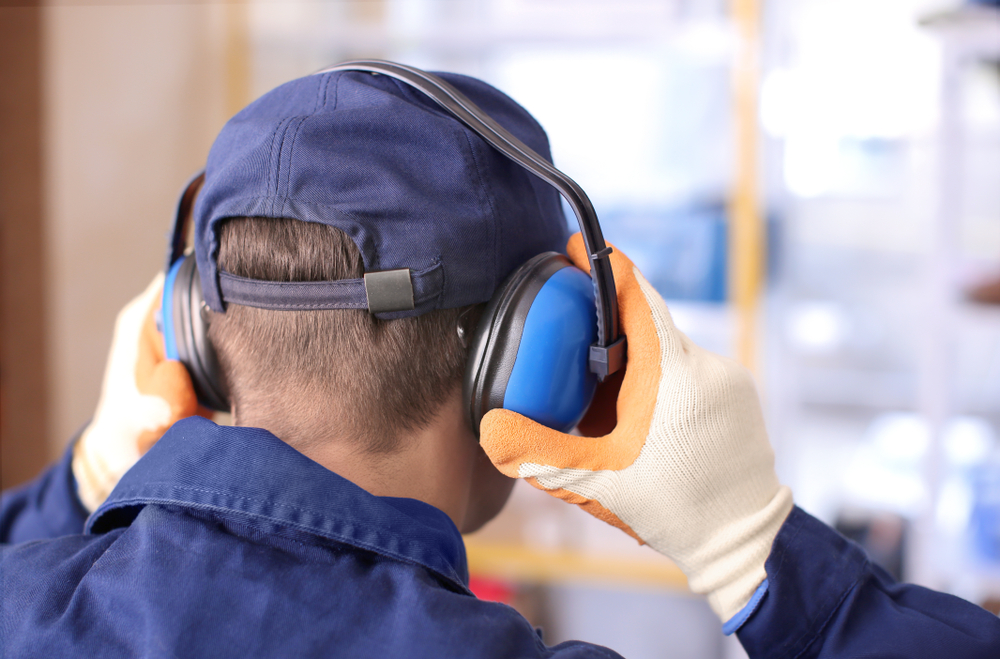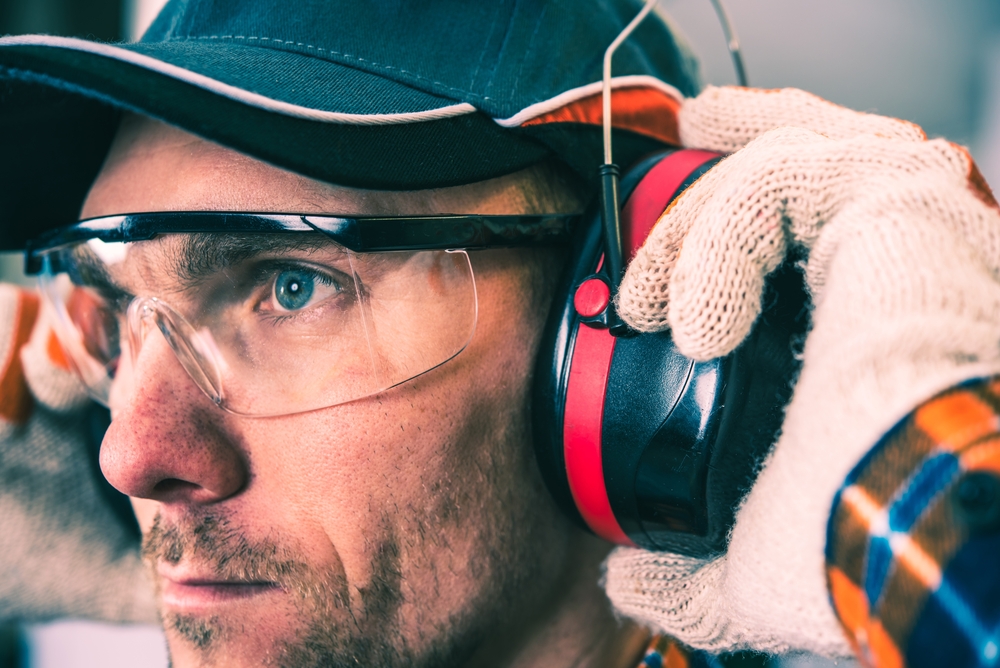In loud workplaces, noise-induced hearing loss (NIHL) is a common and detrimental issue, hindering employees’ ability to communicate productively. Despite its prevalence, NIHL is preventable through simple hearing conservation efforts.
In this article, our experts at El Dorado Hearing will share the most effective methods for protecting against harmful noise exposure in the workplace, allowing you to foster clear communication and optimal productivity among your employees.
Understanding the Risks of NIHL in the Workplace
When neglected, the consequences of hearing damage in the workplace can be costly for employees and employers alike. Healthy hearing is crucial for ideas to be shared, decisions to be made, and bonds to be forged in the workplace. When an employee’s hearing is impaired, these fundamental aspects of business can be hindered, yielding damage that extends much further than individual employees’ health and performance.
These issues can manifest in reduced productivity, increased absenteeism, and heightened workplace accident rates. Because of this, it’s crucial to take preventative action against high noise exposure in the workplace.

Preventing Employee Hearing Impairment
To foster a safe and healthy work environment, employers can deploy a range of strategies aimed at preventing noise-induced hearing loss. These precautions aren’t just a suggestion; some are workplaces legally required to employ preventative measures. OSHA mandates that all workers exposure to noise must be controlled below a level of 85 dBA for eight hours.
If your workplace exceeds this threshold, it’s mandatory that you take measures to reduce this exposure. If your workplace doesn’t exceed this limit, it’s still beneficial to monitor and control noise levels to promote employee health and productivity. Employing the following measures has been shown to improve workplace performance, making it crucial for all employers.
- Engineering Controls
- Administration Controls
- Personal Protective Equipment
- Education & Training
Engineering Controls
Engineering controls are physical modifications to the workplace or equipment designed to reduce noise at the source. These controls may include upgrading equipment to quieter models, installing noise barriers or enclosures, or utilizing sound-absorbing materials to dampen noise within the workplace. By implementing these measures, employers can effectively minimize employees’ exposure to hazardous noise.
Administration Controls
Administration controls focus on implementing policies and procedures to limit your employees’ exposure to hazardous noise levels. This might include job rotations to limit prolonged noise exposure, scheduling loud tasks when fewer employees are present, or designating quiet zones within the workplace. These preventative measures allow employers to minimize noise exposure without investing in physical equipment, like engineering controls or personal protective equipment.
Personal Protective Equipment (PPE)
Personal protective equipment serves as the last line of defense against noise exposure, providing a physical barrier between an employee’s ears and hazardous noise. If engineering or administration controls are insufficient, consider providing earplugs or earmuffs to employees that are exposed to loud noises for extended periods of time.
Education & Culture
Education and training initiatives are essential for raising awareness about the risks of noise exposure and promoting a culture of hearing conservation within the workplace. Through training programs, employees can develop the knowledge necessary to protect their hearing effectively. This includes educating employees about the potential consequences of noise exposure, providing training on recognizing hazardous noise levels, and ensuring regular updates on workplace policies, regulations, and technologies related to hearing conservation.
For employees with hearing impairments, consider providing regular evaluations or hearing aids to ensure they can still productively contribute to the workplace. By employing these strategies, you can foster a culture of risk awareness and hearing conservation.
Implementing Hearing Precautions in the Workplace
With these strategies in mind, it’s time to reflect on your current workplace policies and procedures. To ensure both compliance and productivity, test your workplace’s noise level frequently to detect and address hazards early on. If the test reveals higher than 70 dBA, review the four prevention strategies above to determine which is most effective for your workplace.
To get a comprehensive understanding of your team’s hearing health, and to begin this journey toward a more productive workplace, reach out to our experts at El Dorado Hearing in Arizona. With years of experience in diagnosing and treating various conditions, our experts are ready to assist your team in this critical aspect of workplace wellness. To get started, give us a call at 520-278-5139 or take our quiz to assess your personal hearing needs.




Leave a Reply